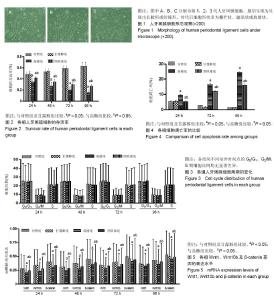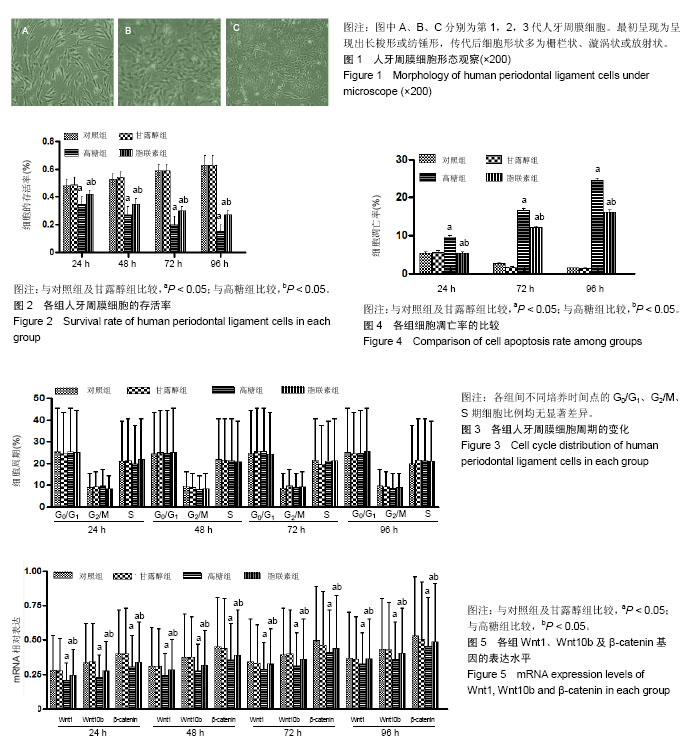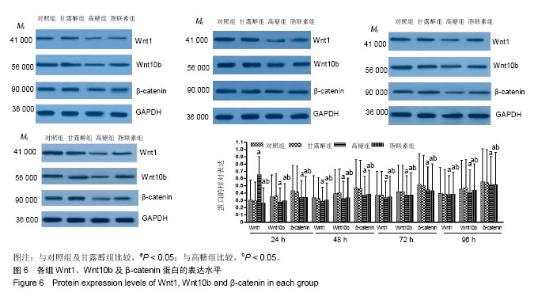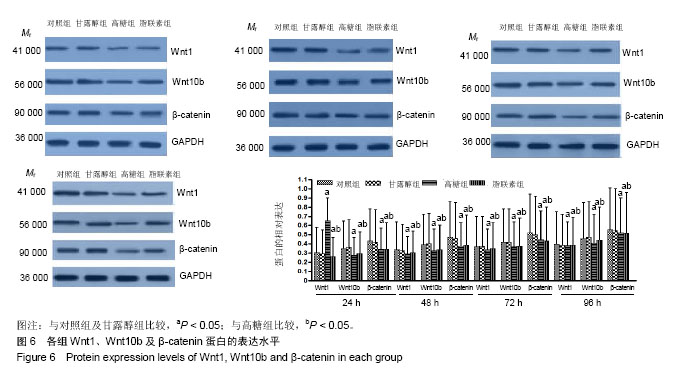| [1] |
Zhang Tongtong, Wang Zhonghua, Wen Jie, Song Yuxin, Liu Lin.
Application of three-dimensional printing model in surgical resection and reconstruction of cervical tumor
[J]. Chinese Journal of Tissue Engineering Research, 2021, 25(9): 1335-1339.
|
| [2] |
Geng Qiudong, Ge Haiya, Wang Heming, Li Nan.
Role and mechanism of Guilu Erxianjiao in treatment of osteoarthritis based on network pharmacology
[J]. Chinese Journal of Tissue Engineering Research, 2021, 25(8): 1229-1236.
|
| [3] |
Pei Lili, Sun Guicai, Wang Di.
Salvianolic acid B inhibits oxidative damage of bone marrow mesenchymal stem cells and promotes differentiation into cardiomyocytes
[J]. Chinese Journal of Tissue Engineering Research, 2021, 25(7): 1032-1036.
|
| [4] |
Zeng Yanhua, Hao Yanlei.
In vitro culture and purification of Schwann cells: a systematic review
[J]. Chinese Journal of Tissue Engineering Research, 2021, 25(7): 1135-1141.
|
| [5] |
Li Shibin, Lai Yu, Zhou Yi, Liao Jianzhao, Zhang Xiaoyun, Zhang Xuan.
Pathogenesis of hormonal osteonecrosis of the femoral head and the target effect of related signaling pathways
[J]. Chinese Journal of Tissue Engineering Research, 2021, 25(6): 935-941.
|
| [6] |
Xu Yinqin, Shi Hongmei, Wang Guangyi.
Effects of Tongbi prescription hot compress combined with acupuncture on mRNA expressions of apoptosis-related genes,Caspase-3 and Bcl-2, in degenerative intervertebral discs
[J]. Chinese Journal of Tissue Engineering Research, 2021, 25(5): 713-718.
|
| [7] |
Zhang Wenwen, Jin Songfeng, Zhao Guoliang, Gong Lihong.
Mechanism by which Wenban Decoction reduces homocysteine-induced apoptosis of myocardial microvascular endothelial cells in rats
[J]. Chinese Journal of Tissue Engineering Research, 2021, 25(5): 723-728.
|
| [8] |
Liu Qing, Wan Bijiang.
Effect of acupotomy therapy on the expression of Bcl-2/Bax in synovial tissue of collagen-induced arthritis rats
[J]. Chinese Journal of Tissue Engineering Research, 2021, 25(5): 729-734.
|
| [9] |
Xie Chongxin, Zhang Lei.
Comparison of knee degeneration after anterior cruciate ligament reconstruction with or without remnant preservation
[J]. Chinese Journal of Tissue Engineering Research, 2021, 25(5): 735-740.
|
| [10] |
Xu Dongzi, Zhang Ting, Ouyang Zhaolian.
The global competitive situation of cardiac tissue engineering based on patent analysis
[J]. Chinese Journal of Tissue Engineering Research, 2021, 25(5): 807-812.
|
| [11] |
Wu Zijian, Hu Zhaoduan, Xie Youqiong, Wang Feng, Li Jia, Li Bocun, Cai Guowei, Peng Rui.
Three-dimensional printing technology and bone tissue engineering research: literature metrology and visual analysis of research hotspots
[J]. Chinese Journal of Tissue Engineering Research, 2021, 25(4): 564-569.
|
| [12] |
Chang Wenliao, Zhao Jie, Sun Xiaoliang, Wang Kun, Wu Guofeng, Zhou Jian, Li Shuxiang, Sun Han.
Material selection, theoretical design and biomimetic function of artificial periosteum
[J]. Chinese Journal of Tissue Engineering Research, 2021, 25(4): 600-606.
|
| [13] |
Liu Fei, Cui Yutao, Liu He.
Advantages and problems of local antibiotic delivery system in the treatment of osteomyelitis
[J]. Chinese Journal of Tissue Engineering Research, 2021, 25(4): 614-620.
|
| [14] |
Li Xiaozhuang, Duan Hao, Wang Weizhou, Tang Zhihong, Wang Yanghao, He Fei.
Application of bone tissue engineering materials in the treatment of bone defect diseases in vivo
[J]. Chinese Journal of Tissue Engineering Research, 2021, 25(4): 626-631.
|
| [15] |
Zhang Zhenkun, Li Zhe, Li Ya, Wang Yingying, Wang Yaping, Zhou Xinkui, Ma Shanshan, Guan Fangxia.
Application of alginate based hydrogels/dressings in wound healing: sustained, dynamic and sequential release
[J]. Chinese Journal of Tissue Engineering Research, 2021, 25(4): 638-643.
|



